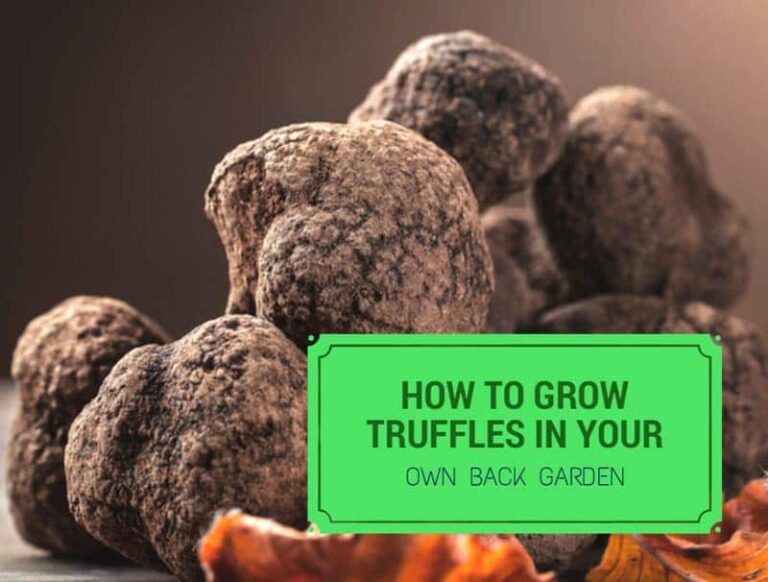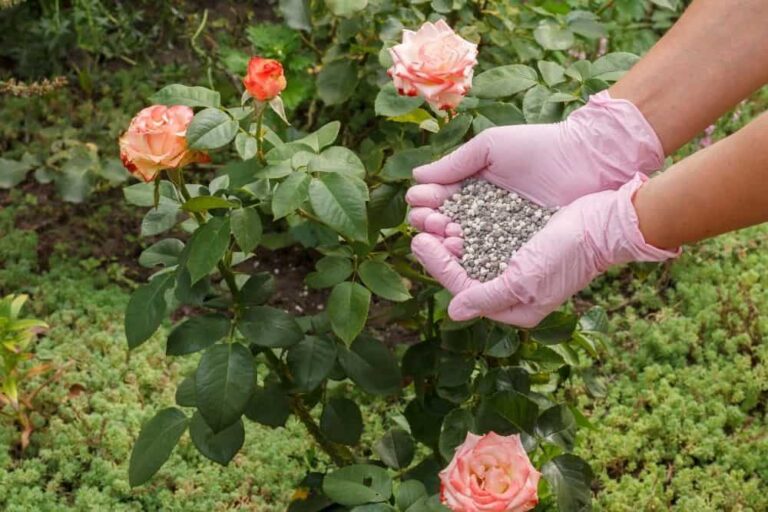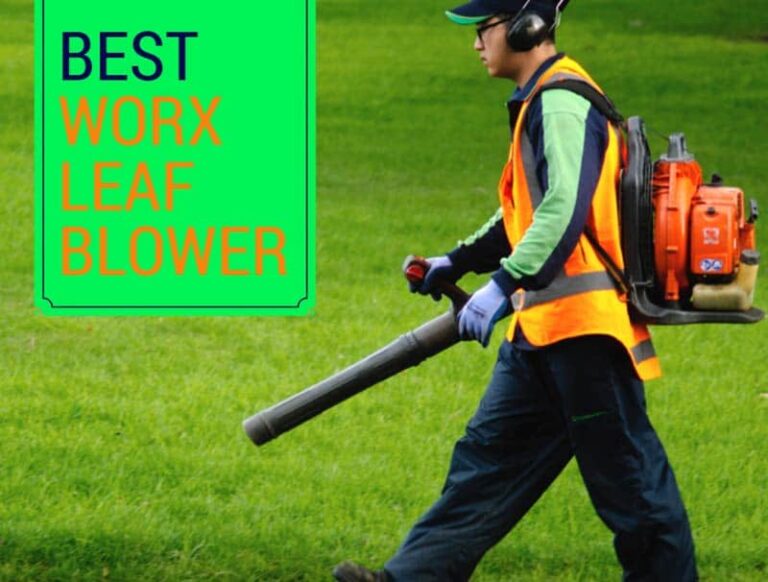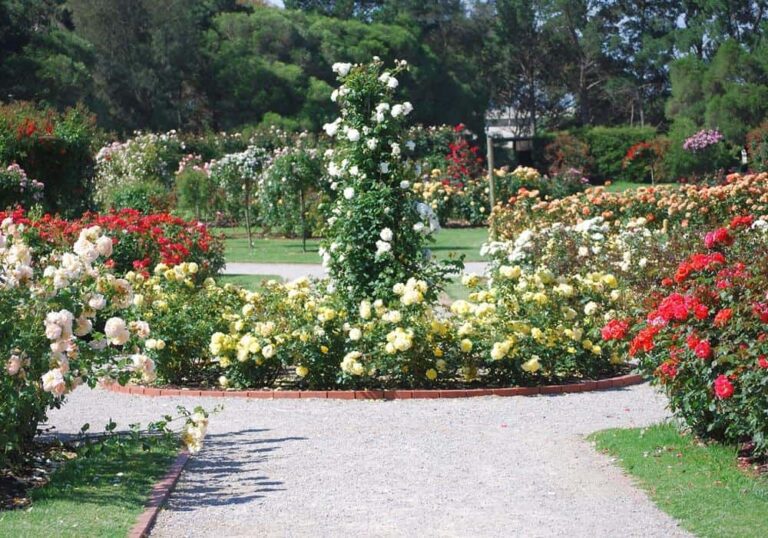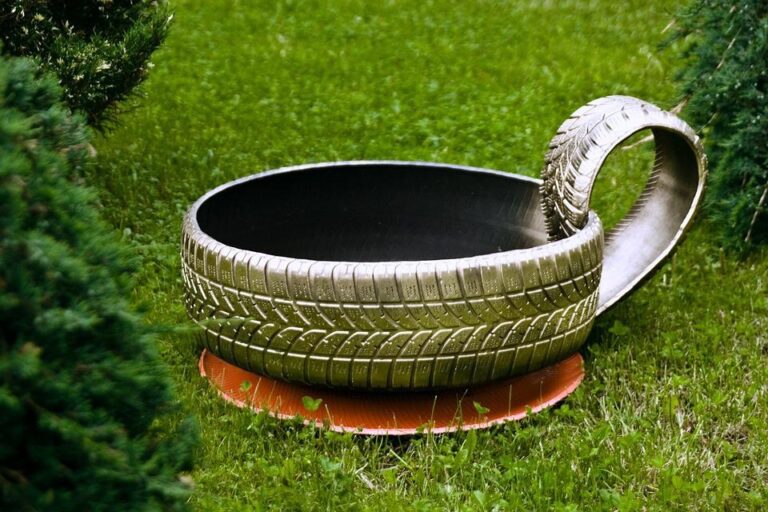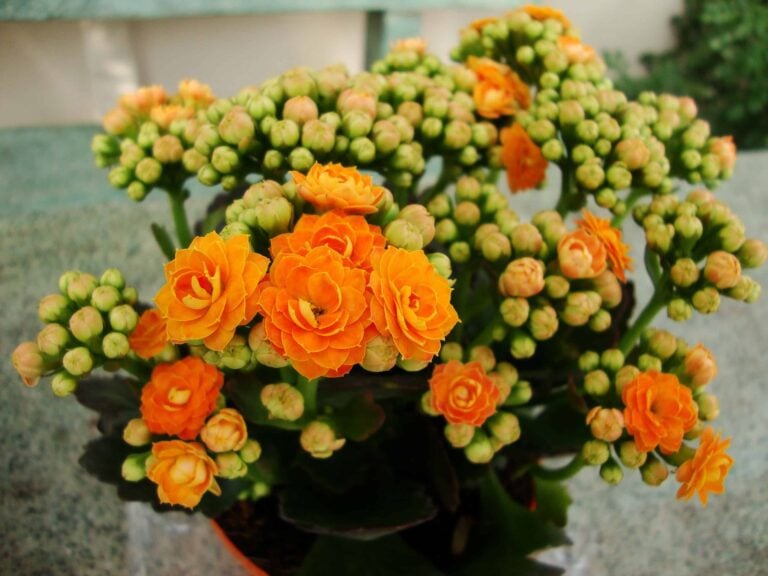A Helpful Guide to Growing Nasturtiums
Nasturtiums grow well in the garden with little attention from you, making them a great plant for beginners. The best way to grow nasturtiums is to start them from seed directly in the gardener or in a container, since they don’t usually transplant well.
You can grow nasturtiums in poor soil in a sunny or partly shaded area. For best results, keep the soil moist but not soggy throughout the growing season. Depending on whether you grow a bush or vining type, nasturtiums can be anywhere from a foot long to more than seven feet long.
Planting Nasturtiums
The easiest way to plant nasturtiums is to direct sow the seeds in your garden or in a container. Nasturtium seeds are large, about the size of a dried pea, and need to planted fairly deep in the soil.
To get your nasturtiums started, plant the seeds about 1/2 inch in the soil after the last frost date in your area. You can plant the seeds close together, but will want to thin the plants to stand about 10 inches apart after the seedlings start to grow.
Nasturtiums produce a taproot and don’t like to have their roots disturbed, which is why direct sowing the seeds is often recommended. If you do want to get a head start on growing the plants and try transplanting them to your garden, you can plant seeds in small peat pots.
The Old Farmer’s Almanac recommends starting seeds indoors about four weeks before the last frost date in your area. If you plant the seeds in peat pots, rather than plastic cups, you can reduce the amount of disturbance the roots experience. You’re able to simply drop the entire peat pot into the soil.
Choosing Nasturtium Types
There are more than 50 types of nasturtium, according to Gardening Know How. That means there is probably a type that is perfectly suited to your garden and your garden’s needs.
Generally speaking, the plants are divided into two main types, either trailing (Tropaeolum majus) or bush (Tropaeolum minus). Trailing varieties usually grow to about three feet long, but there are some varieties, such as “Moonlight,” that produce vines up to seven feet long.
Under the right conditions, a few vining types of nasturtium will stretch to 20 feet or longer. There are also dwarf varieties that produce 12 inch or shorter vines.
Bush varieties are ideal for compact spaces, as they usually only reach about 10 or 12 inches in length. Some bush varieties, such as Empress of India, produce longer vines, which can reach up to two feet in length.
You also have a fair amount of choice when it comes to the color of the nasturtium flowers you grow. The Empress of India variety is known for its vibrant red flowers, for example. “Jewel of Africa” is a trailing variety that produces flowers in a range of colors, including light pink, yellow and orange.
When picking the type of nasturtium you want to grow, consider the space in your garden as well as how you want the flowers to look.
Caring for Nasturtium
According to Gayla Trail of You Grow Girl, you want to “be nasty to nasturtiums.” That piece of advice is both true and false. Nasturtiums can take a bit of abuse, in the form of weak or not very nutritious soil. But you don’t want to plant nasturtiums in your garden and forget about them entirely.
The plants do best when grown in a sunny spot, but they can also grow in a shadier area. Since they do prefer poor soil, avoid fertilizing before or after planting.
The one thing your nasturtiums will need from you is an adequate amount of water. Keep the soil moist, but not too wet. Too much moisture and the plant will rot. Not enough moisture and it will not produce a decent amount of flowers.
Pruning and Harvesting Nasturtium
You don’t really need to prune nasturtium, but there are cases when cutting the plant back makes sense. You may want to cut it back if you are growing the plant in a container and its vines start getting a little long and unwieldy, or if you’re growing it the ground and it starts to invade the space of other plants.
It’s also a good idea to cut nasturtium back in the summer if you live in a hot area. The plant doesn’t do so well when temperatures are very warm. Cut any stressed out or dried out leaves and stems off and wait for the plant to grow back once the weather cools down.
You harvest nasturtium by picking its flowers or by cutting a few stems and leaves. Both flowers and leaves are edible and can be used in salads or as a garnish.
The video above from Growing Wisdom gives you a few pointers about nasturtiums and shows you just how easy it is to harvest the flowers.
Nasturtium Pests and Problems
The biggest problem nasturtium faces in the garden is an infestation of aphids. The plant is so good at attracting aphids that some gardeners actually plant nasturtium as a trap, to keep the pests away from other plants.
If you didn’t plant your nasturtiums as a trap and you see tiny green aphids on the undersides of the plant’s leaves, the easiest way to take of them is to spray the plant with a hose. Often, a jet of water is all it takes to knock the bugs away and to keep them from coming back.
You May Also Read – Growing Cloves or Ficus Pumila (Creeping Fig)

